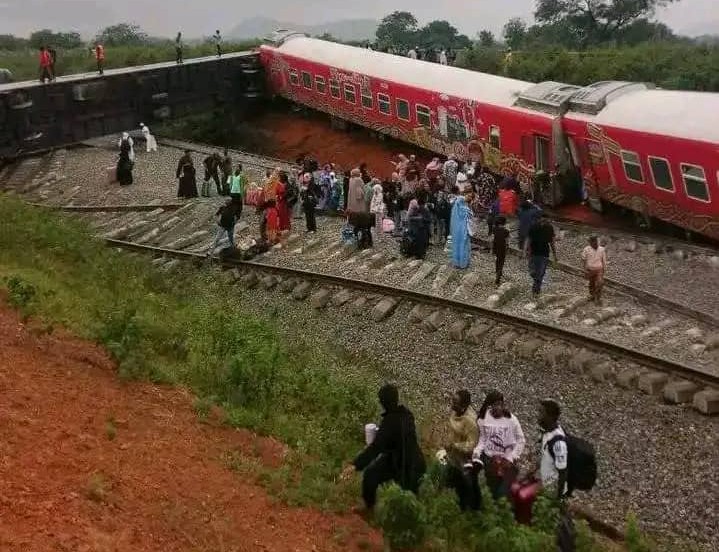The Nigerian Safety Investigation Bureau (NSIB) has said that the Abuja–Kaduna train derailment at Asham Station on August 26 was caused by faulty infrastructure and poor safety management by the Nigerian Railway Corporation (NRC).
According to the bureau’s preliminary findings, the derailment—which was the second at the same station in just over a year—occurred shortly after the train passed a manually operated switch that had earlier been declared unfit for use.
Investigators found that some track sleepers damaged during the first derailment were only patched instead of being properly replaced. They also discovered that the point clip used to hold the switch in place was broken at the time of the accident.
The report further revealed gaps in staff training, noting that NRC personnel had only undergone basic training without refresher courses. In addition, important equipment such as CCTV cameras, communication devices, and clocks were not working. Maintenance tools and spare parts from the Original Equipment Manufacturer (OEM) were also difficult to access.
Although 21 passengers were injured, no lives were lost among the 618 people on board the train.
The NSIB issued safety recommendations to the NRC. These include replacing all weak sleepers, installing point switches that meet OEM standards along the Abuja–Kaduna rail line, and fixing all faulty monitoring equipment.
The bureau also advised regular refresher training for NRC workers to reduce the risk of future accidents.
It stressed that the findings are still preliminary, with a final report expected to give more detailed conclusions and additional safety measures.


